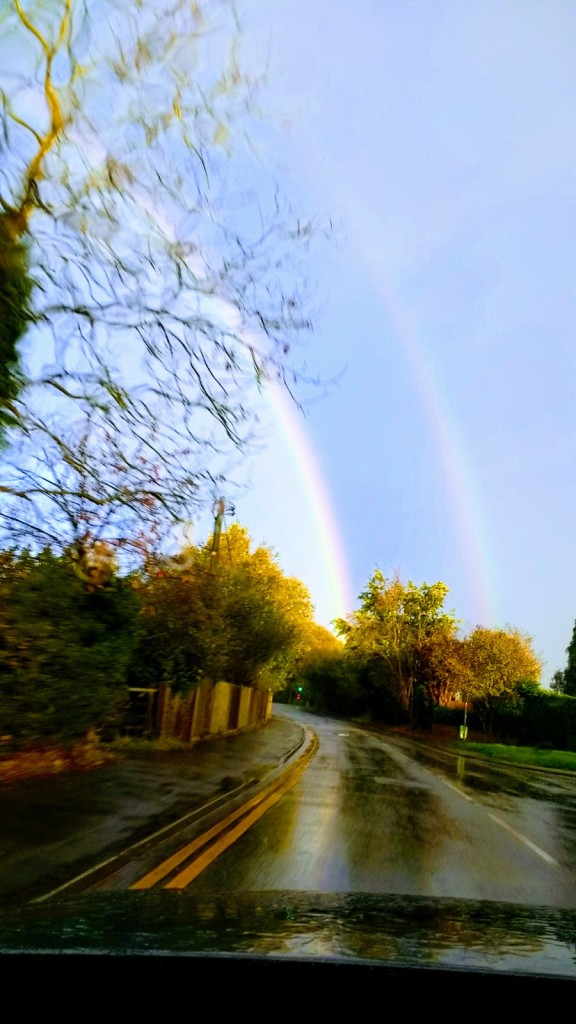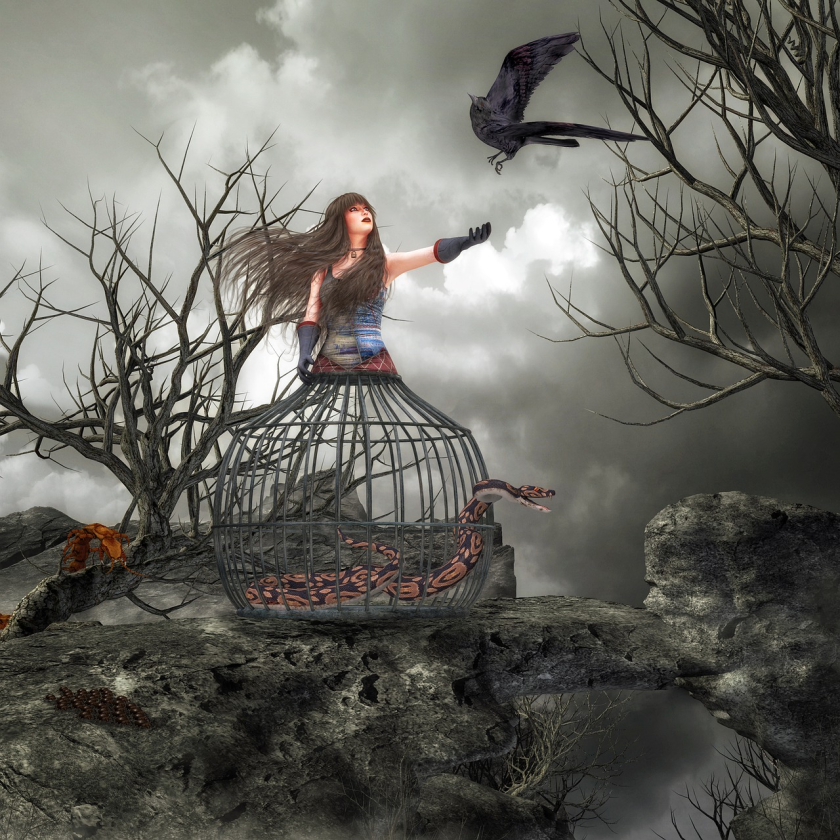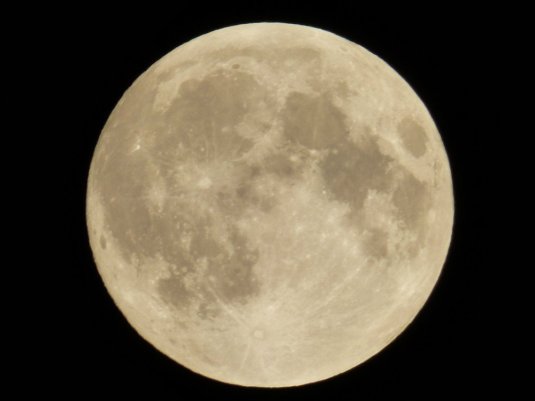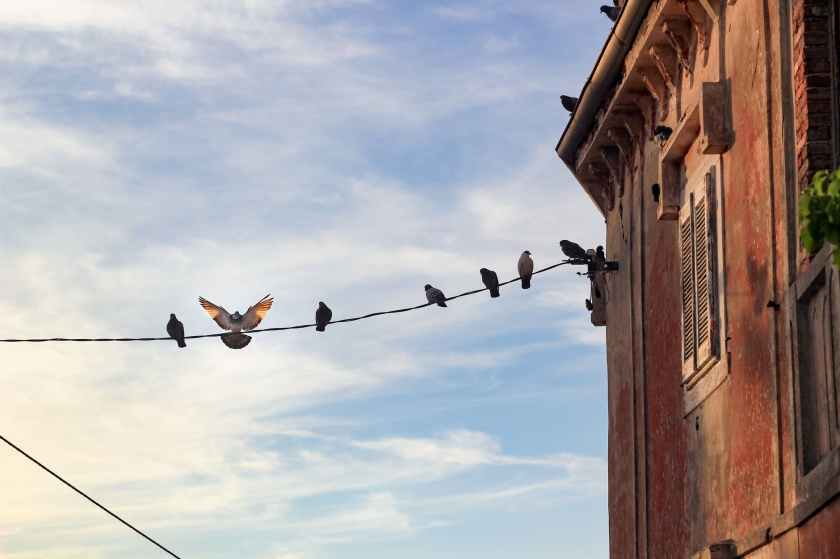
Here we are at the Beginning of Summer: May 5 – 20 in the 24 Seasons of the Japanese Year
Colleen’s prompt for her Tuesday Tanka Challenge this week is
“This week: Your writing invitation is to choose one of the 24 Forms for your poem. You can use the kigo words and phrases from the Part I challenge post HERE, or from the 500 Kigo Words you can use the phrases I’ve created below are three kigo phrases for the Northern Hemisphere. Use one kigo phrase in each of your three poems in whatever order you’d like.”
Northern Hemisphere: Early Summer
- #1: “the month of Maying” from Rall
- #2: “young leaves”
- #3: “cooling on the porch”
Well I have gone very traditional this week, I do love traditional music so I have thrown two into the mix to go with my three Tanka.

Dressed like day and night
Merry dancing men of May?
I feel it’s deeper
Hobby horse fertility
Looms in the month of Maying.

Born each side of May
Such precious hopes these young leaves
We tend them gently
And teach them to respect all
Gaia’s all-embracing ways.

Together happy
Gentle friends remembered well
Crossed the Rainbow bridge
They wait for us to join them
Cooling on the porch in May




































